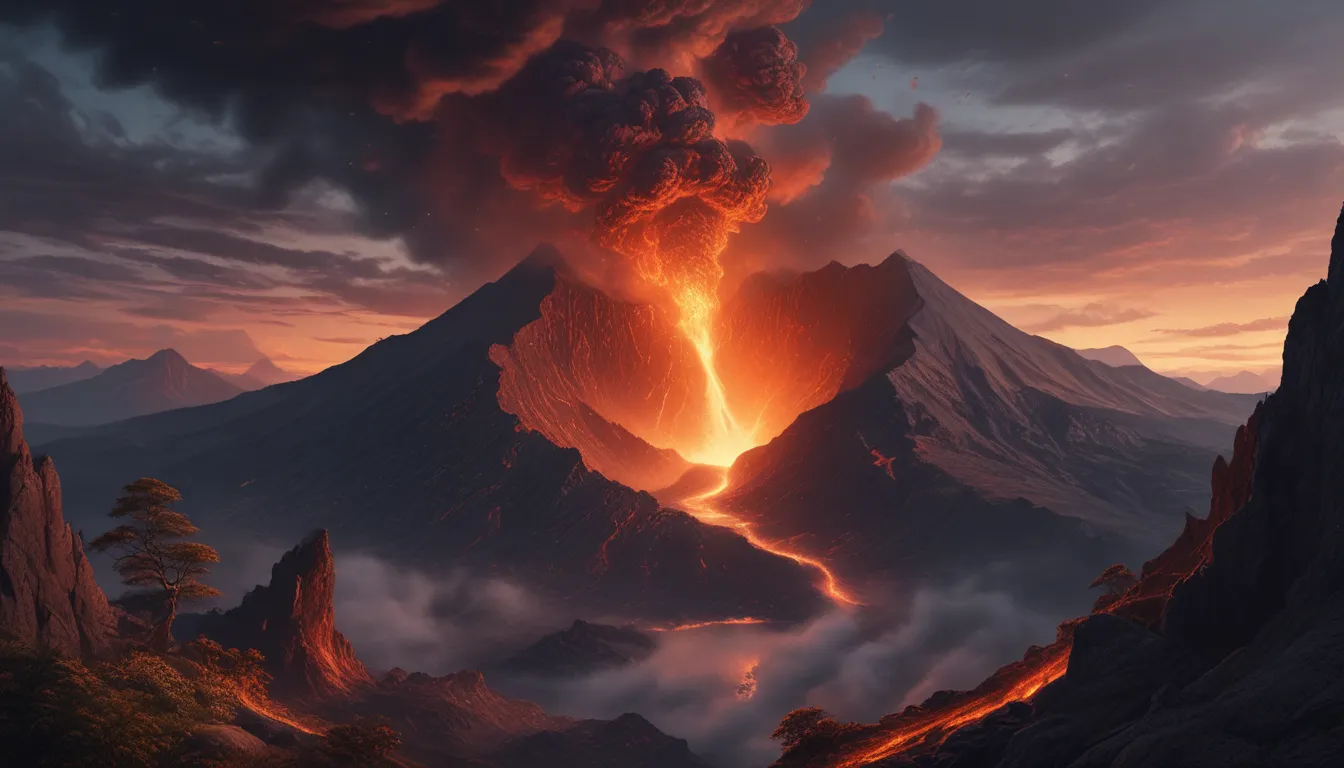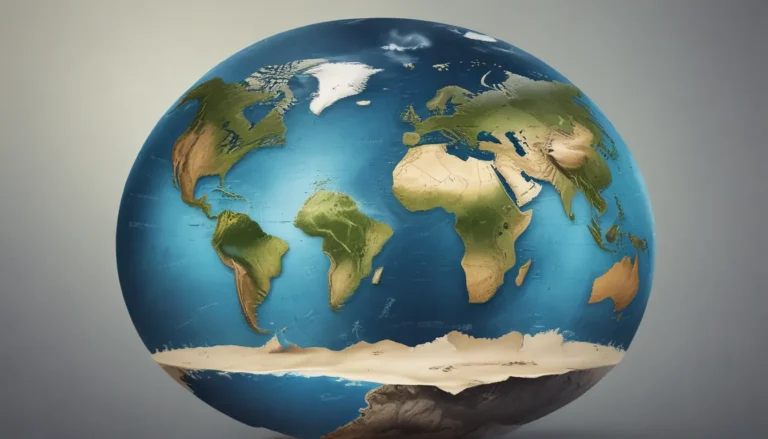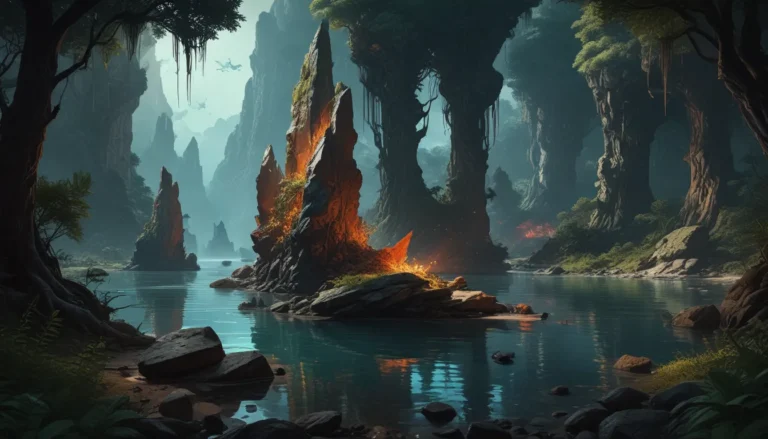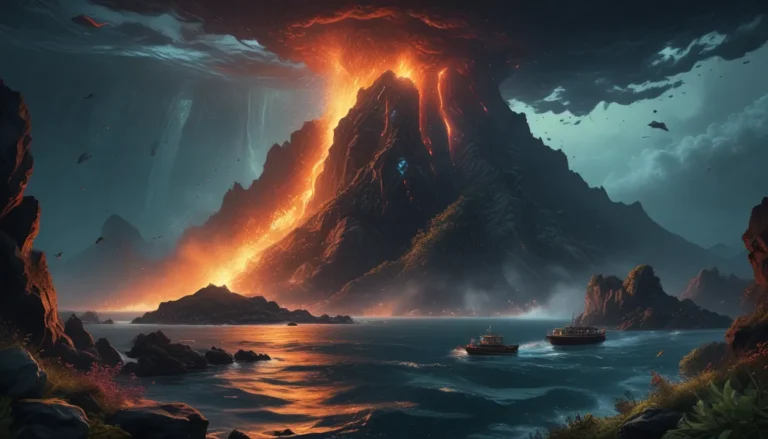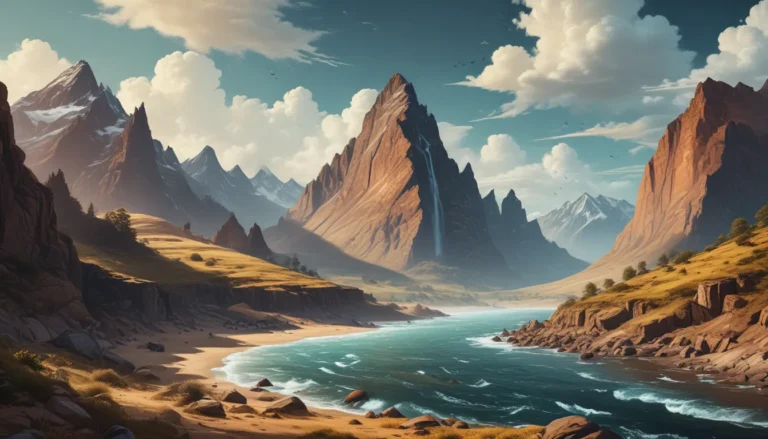A Note About Images: The images used in our articles are for illustration purposes only and may not exactly match the content. They are meant to engage readers, but the text should be relied upon for accurate information.
Have you ever wondered about the majestic geological formations known as volcanic arcs? These chains of volcanoes above subduction zones offer a unique insight into the powerful forces that shape our planet. In this article, we will delve into 18 surprising facts about volcanic arcs, from their explosive eruptions to their role in plate tectonics. Join us on a journey to explore the wonders of volcanic arcs and gain a deeper understanding of the dynamic forces beneath the Earth’s surface.
Exploring the World of Volcanic Arcs
- Volcanic Arcs and Tectonic Plate Collisions: Volcanic arcs are chains of volcanoes formed by tectonic plate collisions, creating explosive eruptions and contributing to the formation of new crust.
- The Pacific Ring of Fire: This region is home to many volcanic arcs, including the famous Cascade Range and Andes Mountains, creating fertile soil, geothermal energy, and stunning landscapes.
The Dynamics of Volcanic Arcs
Formation and Characteristics
Volcanic arcs are the result of tectonic plate collisions, where one plate subducts beneath another, creating intense heat and pressure that gives rise to magma. This magma then erupts to the surface, forming a chain of volcanoes. The Pacific Ring of Fire is a prime example of the high concentration of volcanic arcs due to intense tectonic activity in the region.
Geographic Variability
Volcanic arcs can vary in size, spanning from a few hundred kilometers to thousands of kilometers. The length of a volcanic arc is influenced by factors such as the speed of tectonic plate convergence and the duration of volcanic activity. Famous examples include the Cascade Range in North America and the Andes Mountains in South America.
Eruption Characteristics
Volcanic arcs are known for their explosive eruptions, driven by the high gas content in the magma. This gas buildup creates pressure within the volcano, resulting in powerful explosions. The resulting solidification of magma contributes to the formation of new crust, a crucial process in the Earth’s geological cycles.
Geological Features and Impacts
- Island Chains: Some volcanic arcs extend underwater, forming island chains through continuous volcanic activity.
- Geothermal Energy: Volcanic arcs are a significant source of geothermal energy, with the heat generated powering electricity production and heating systems.
- Ecological Diversity: These regions are known for their fertile soil, supporting agriculture, as well as the creation of hot springs with therapeutic benefits for visitors.
Notable Volcanic Arcs Around the World
- The Andes Mountains: One of the longest and tallest volcanic arcs globally, characterized by numerous active and dormant volcanoes.
- The Aleutian Islands: Part of a volcanic arc in Alaska, known for its stunning landscapes and frequent volcanic activity.
- The Java-Bali Arc: A densely populated volcanic arc in Indonesia, offering rich volcanic soil and geothermal resources.
Implications and Study of Volcanic Arcs
- Seismic Activity: Volcanic arcs can trigger earthquakes due to the movement of tectonic plates in the region.
- Understanding Plate Tectonics: Scientists study volcanic arcs to gain insights into plate tectonics, predicting volcanic activity and advancing knowledge of Earth’s geology.
Conclusion
In conclusion, volcanic arcs are incredible geological wonders that shape landscapes, support ecosystems, and provide valuable insights into the dynamic forces at work beneath the Earth’s surface. By unraveling the mysteries of volcanic arcs, we not only enhance our scientific understanding but also ensure the safety and well-being of communities living near these volcanic zones. Let us continue to explore and appreciate the immense power and beauty of these geological features that remind us of the ever-changing nature of our planet.
FAQs
-
What is a volcanic arc?
A volcanic arc is a chain of volcanoes formed above a subduction zone where one tectonic plate is forced beneath another. -
How are volcanic arcs formed?
Volcanic arcs are formed through the process of subduction, where one tectonic plate is pushed beneath another, causing magma to rise and erupt as volcanoes. -
Where are volcanic arcs located?
Volcanic arcs are predominantly found in regions where tectonic plates converge, such as the Pacific Ring of Fire and the Andes Mountains. -
What types of volcanoes are found in volcanic arcs?
Volcanic arcs can consist of various types of volcanoes, including stratovolcanoes, shield volcanoes, and calderas. -
Are volcanic arcs dangerous?
Yes, volcanic arcs can pose risks due to their explosive eruptions and seismic activity, but with proper monitoring, the hazards can be mitigated.
Uncover the secrets of volcanic arcs and witness the awe-inspiring forces that shape our planet. Join us in exploring these geological marvels and appreciating the beauty and power they hold. Your journey into the world of volcanic arcs awaits!
